A surprise after our visit to Otrar was a stop at the mausoleum of Aristan-bab a preacher who is said to have been active in this region in the 12th century CE. I could discover very little history about the person. There are myths. The rather bitter water from a well outside the structure is said to have miraculous curative properties because of his influence. He is supposed to have lived 400 years, so that he could transmit a miraculous persimmon from the prophet Muhammad to his final student, Khoja Ahmed Yasawi. In the early days of Islam tombs were frowned upon, and even gravestones were seldom used. If Aristan-bab died four centuries after the prophet, then simple gravestones had just started being used. The oldest structure on this site is a raised block over the grave. It is said that there are writings on it that date from the 12th century, but that first mausoleum to him was not erected till the 14th century by the order of Timur. This structure was repaired and rebuilt many times.

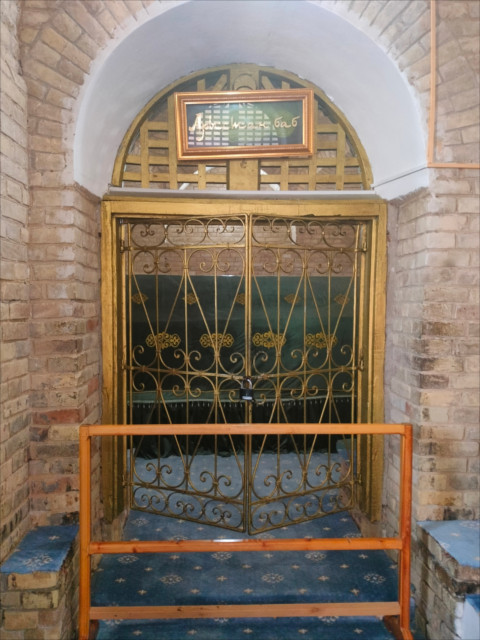
The current structure, which joins a mausoleum (the part with two domes) with a museum and a small mosque, was built in the 1970s after demolishing a precarious 18th century mausoleum. It has an interesting doorway: quite like a north European monumental gateway. We couldn’t see his grave, since it was locked up behind golden gates when we reached. So we went into the museum to see the only remnant of the 14th century structure: the two carved wooden columns which you see in the gallery above.
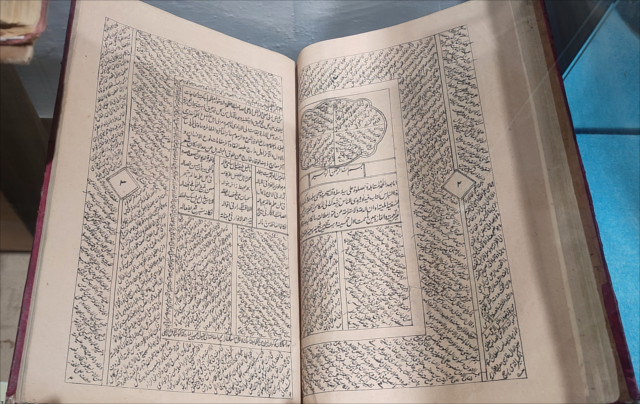
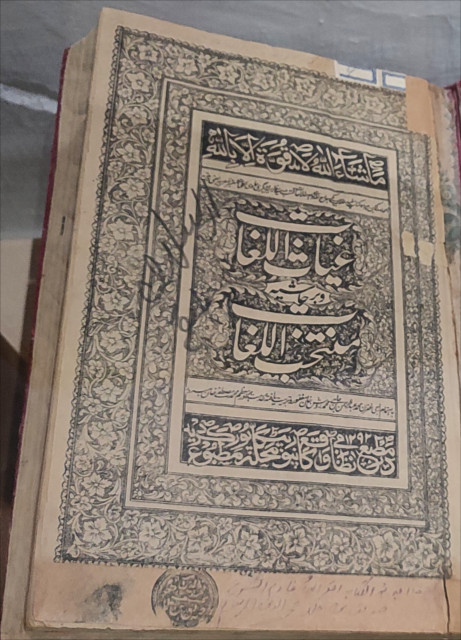
The museum also had a few other things on display which were interesting. The two Korans which you can see in the photos above had beautiful calligraphy. Arabic calligraphy took root in this part of the world long ago, and produced many wonderful artists.
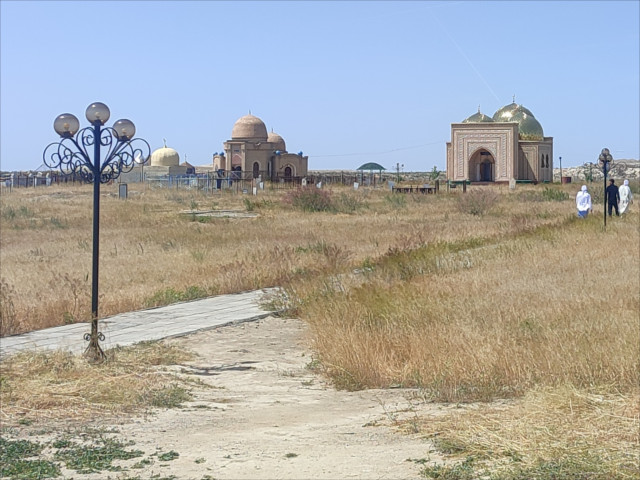
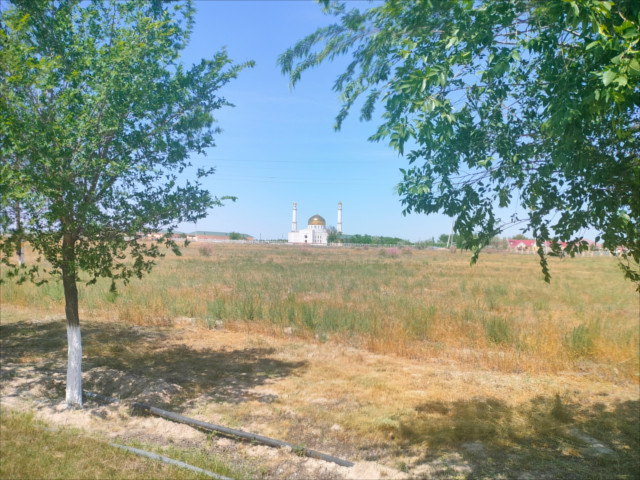
Outside, it was clear that the early Islamic ban on elaborate tombs and mausoleums was no longer heeded. A necropolis had come up around this place. Several tombs had the dome-over-cube structure in fired bricks which seems to have been common here in the last three centuries or so. Among these was a very visibly different structure in whitewashed plaster topped by a golden dome and minarets. It turned out to have been built by a recently deceased politician for himself.
I wandered over to the well nearby from which all the pilgrims were busy drawing water. I looked down and saw that the water level was not very far down. The Syr Darya is not too far off, and must be charging aquifers here. The water was bitter. So I splashed a little over me; it had been a hot day. The Family was admiring an arrangement of coloured stones nearby. I took a photo, but forgot to ask whether it was just a decoration or meant something.

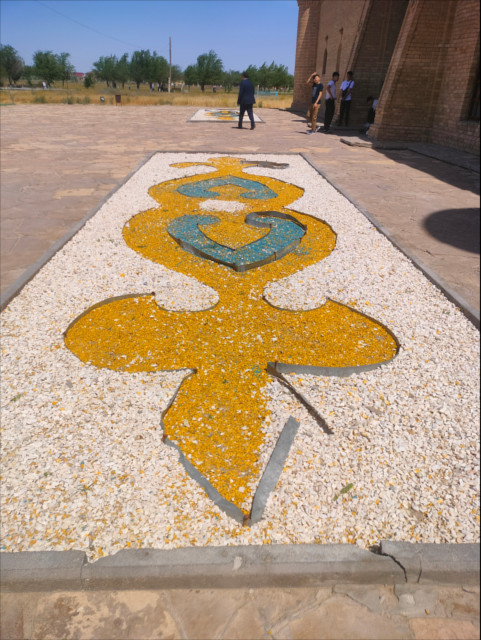
Interesting history at that site. The historic buildings, and even the historic remains are very interesting, especially when you consider their age. Self-created tombs honoring politicians is a scary thought. I suppose we have a few in this country (I’ve been to at least one), so I guess I shouldn’t criticize.
LikeLiked by 2 people
Yes, they’re everywhere
LikeLiked by 2 people